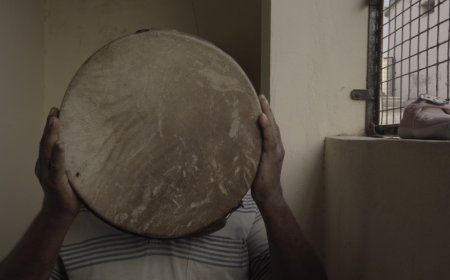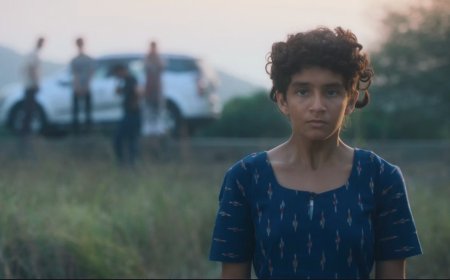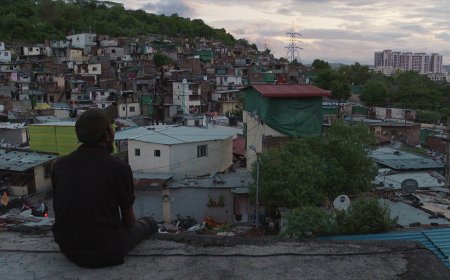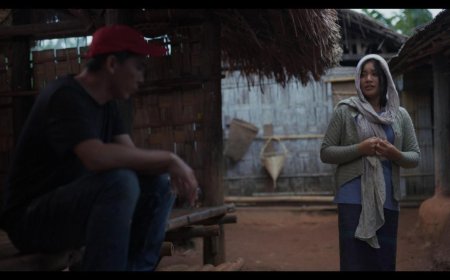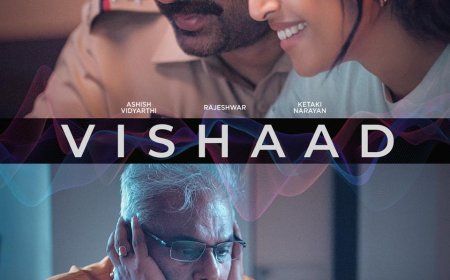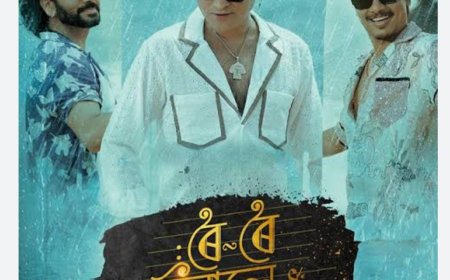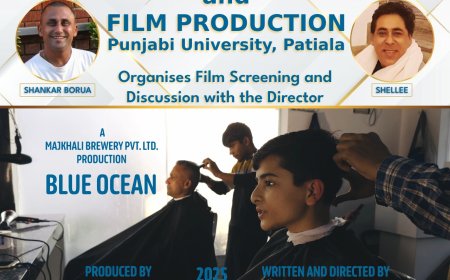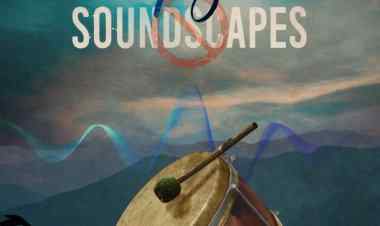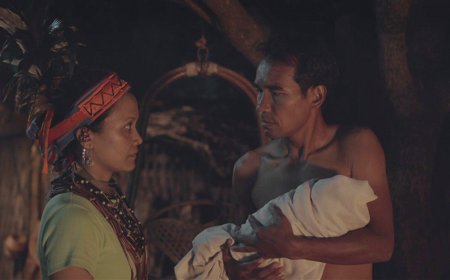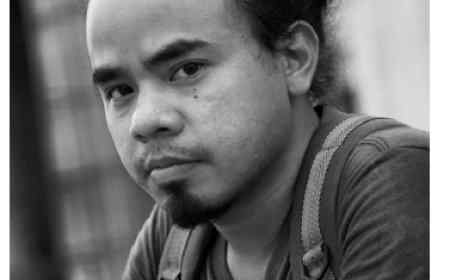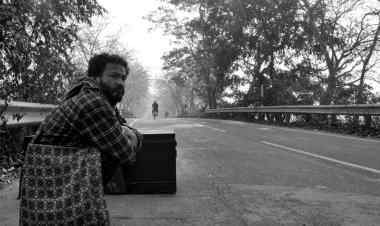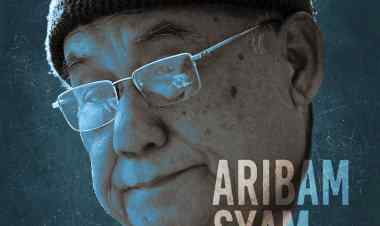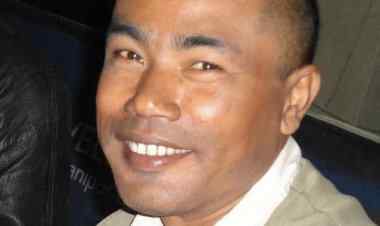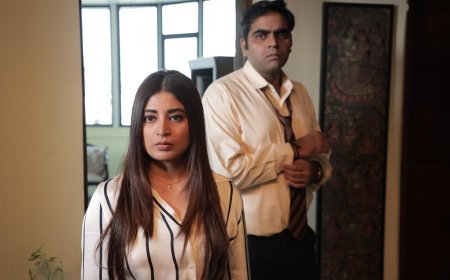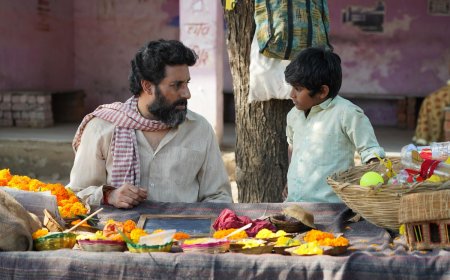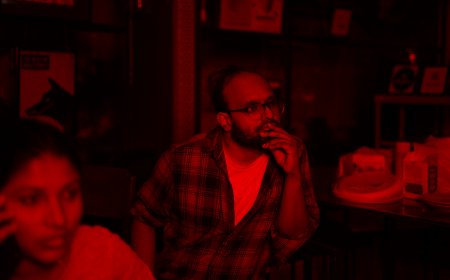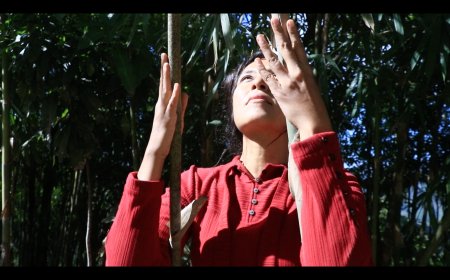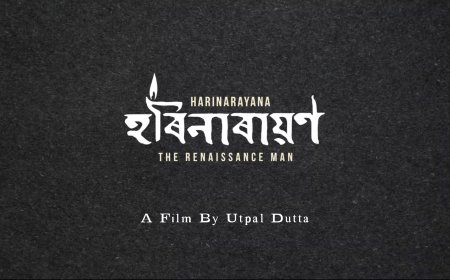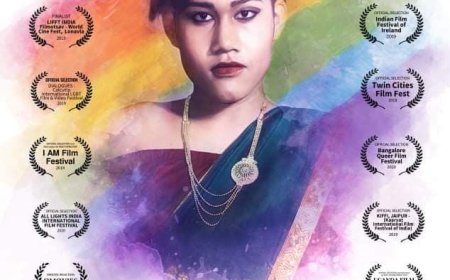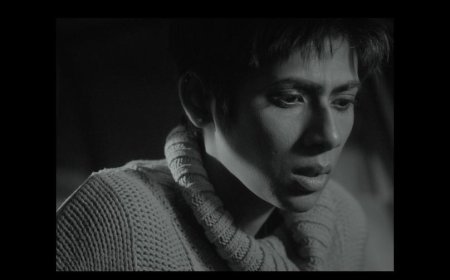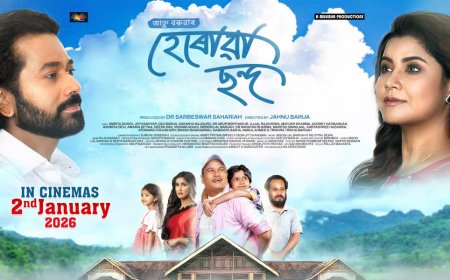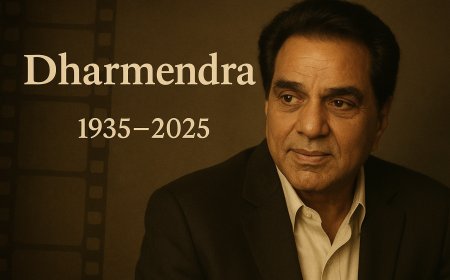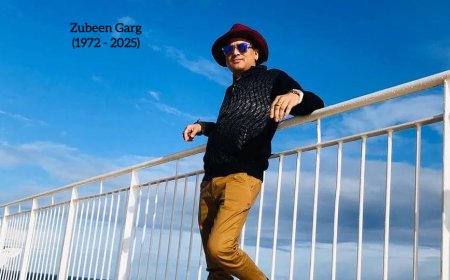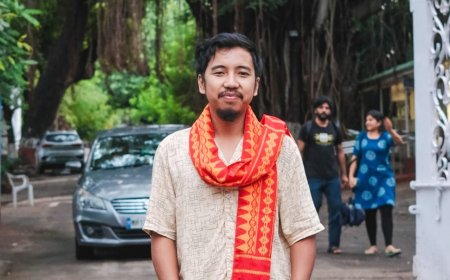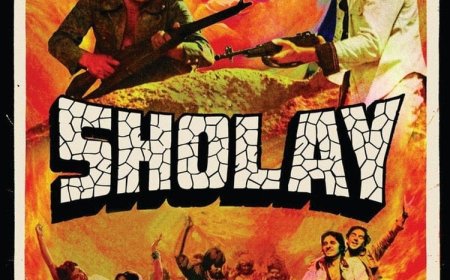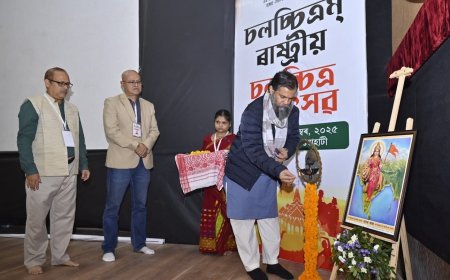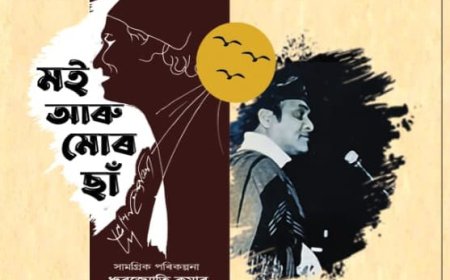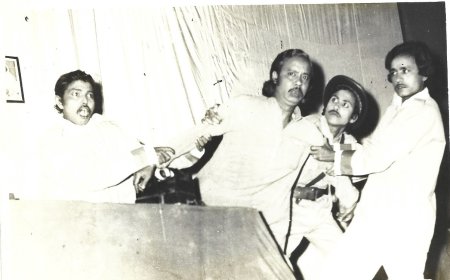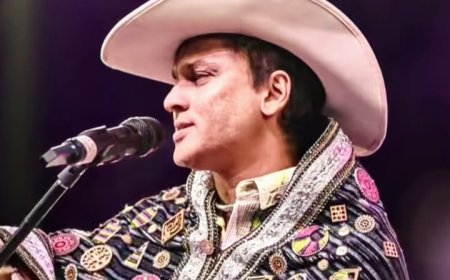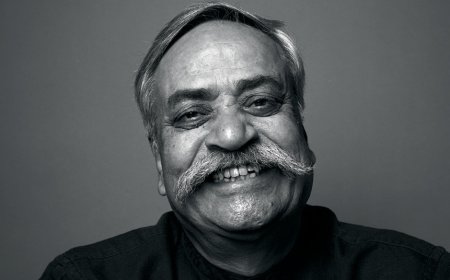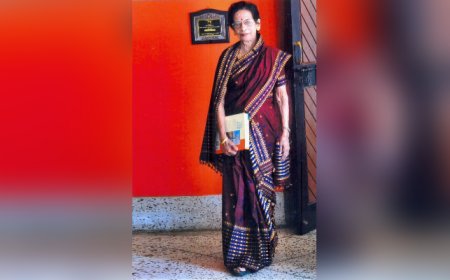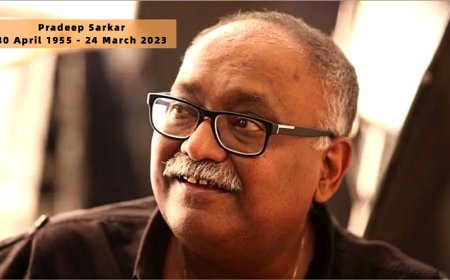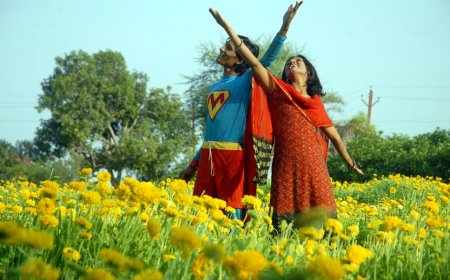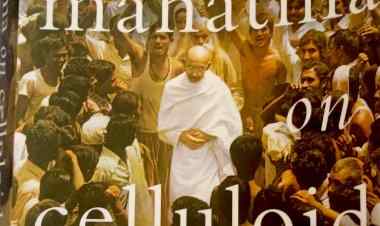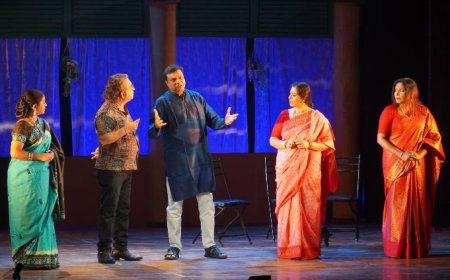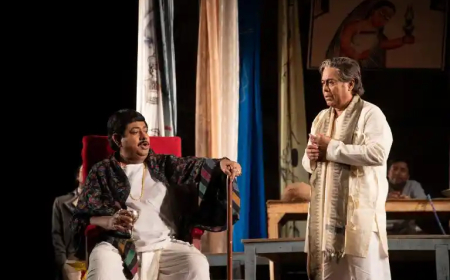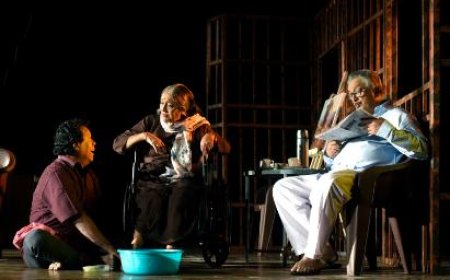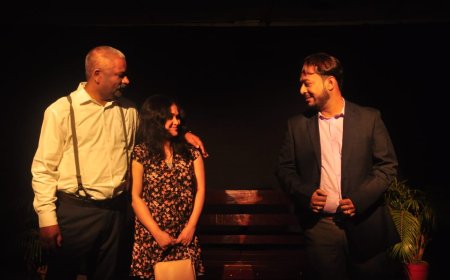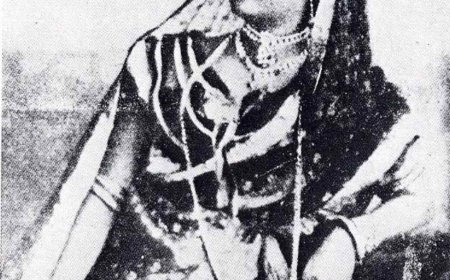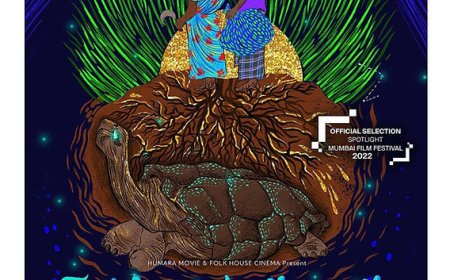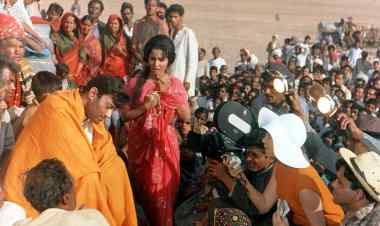Review: Mic Drop (2024)
Dipankar Sarkar provides a comprehensive review of the documentary on 'Mic Drop' by Kallol Mukherjee, showcasing the struggles of rapper Badda, who fights to gain recognition for Bundelkhandi rap amidst financial and social hardships.
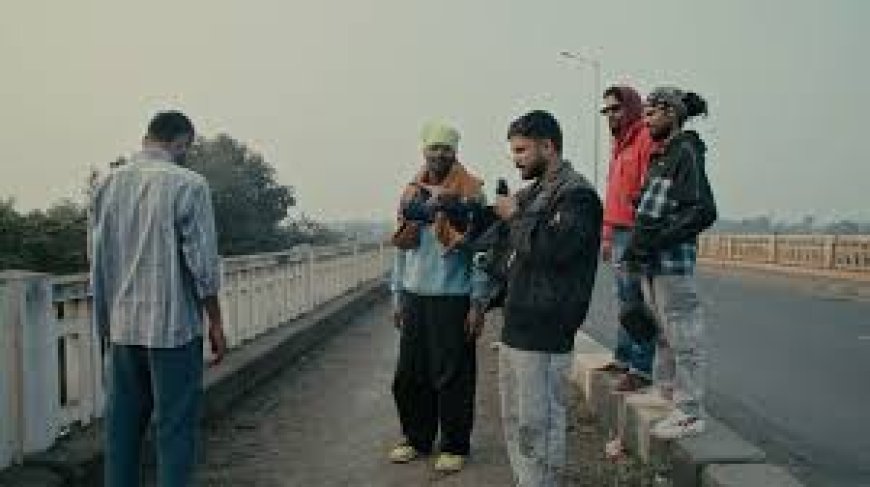
Often marked by great upheavals is the life of an artist, without family or lineage in the art world. Without connections, sponsorship, or encouragement, survival in this field is nothing more than a brutal daily drudgery of constant effort to win recognition solely on merits. When the artist prefers to speak to the world through rural or less dominant languages, the challenge increases. In such a gruelling atmosphere, the audience an artist aims to reach becomes limited. Consequently, the market appeal shrinks, reducing opportunities for wider recognition.
Mic Drop, directed by Kallol Mukherjee, with funding from PSBT, is a documentary that represents this age-old battle. It is about the creative journey of FPC ANK aka Badda, a Madhya Pradesh-based young rapper. Badda sings in Bundelkhandi, which is a rural language and hardly gets any representation in popular music. Thus, Badda grapples not only to construct an audience but also to legitimize a place where commercial choice appears to mask linguistic identity. The story weaves together strands of humour, social commentary, and bitter truths in a lucid, coherent, and organized fashion that provides a firm and conclusive ending.
The documentary starts with Badda, who has just performed at a local event, being informed that he will not be paid because the organizer has decided against it. There is no argument, no apology, but only a cold rejection. We are led to realise the bleak realities of Badda's life right from the start of this thirty-five-minute-long documentary. It's a place that always belittles artistic work and always makes the artist's dignity fall. While having one of his usual hangouts with friends, Badda confides in them his ever-growing unease. He talks with candid bluntness about fighting to survive without money. He also has wrath against individuals who take his songs for their videos without permission or compensation. He speaks in bitterness of grievance, smouldering indignation, and bearing experience from being taken for a ride against such exploitative acts. The relaxed rawness of Badda's dialogues shows how systemic neglect and exploitation towards individuals like him are prevalent. There is an unspeakable tenderness in the manner the filmmaker regards Badda. He is not shown to us as a poor artist but as a young man with the burden of his aspirations.
Sitting with his family, Badda shares his new music video with them, and the responses bearing an essence of pride are heard in tones of gratitude. It is a heartfelt scene that makes one realise how important it is to be accepted by those closest to you when they do not always comprehend the utter struggle of just making it as an artist.
In an honest conversation with Badda, his father brings to his attention the importance of the means to live and the responsibility of taking care of the family. While listening to him, we can identify the conflict between his musical pursuit and his responsibility towards his family. Badda produces his music videos with fewer resources, and each step of the process — singing to shooting — resonates with his ceaseless struggle. His lyrics tear into social problems, revealing the discrepancies and frustrations characteristic of his reality. The film concludes with Badda deciding to make his life-altering choice on his birthday. This moment remains with us because it humanizes his plight, and shows respect for his dignity. It acutely reminds us that art, which emanates from living experience, is capable of troubling, inspiring, and lasting. Despite everything, such artists as him continue to tread in different areas of our nation, transforming their music into the terrain of expression and resistance.
*****
What's Your Reaction?







